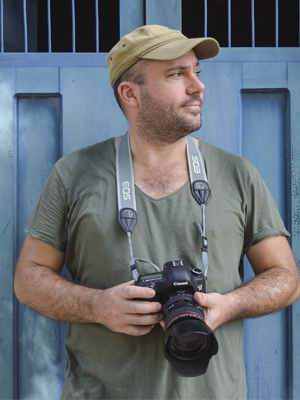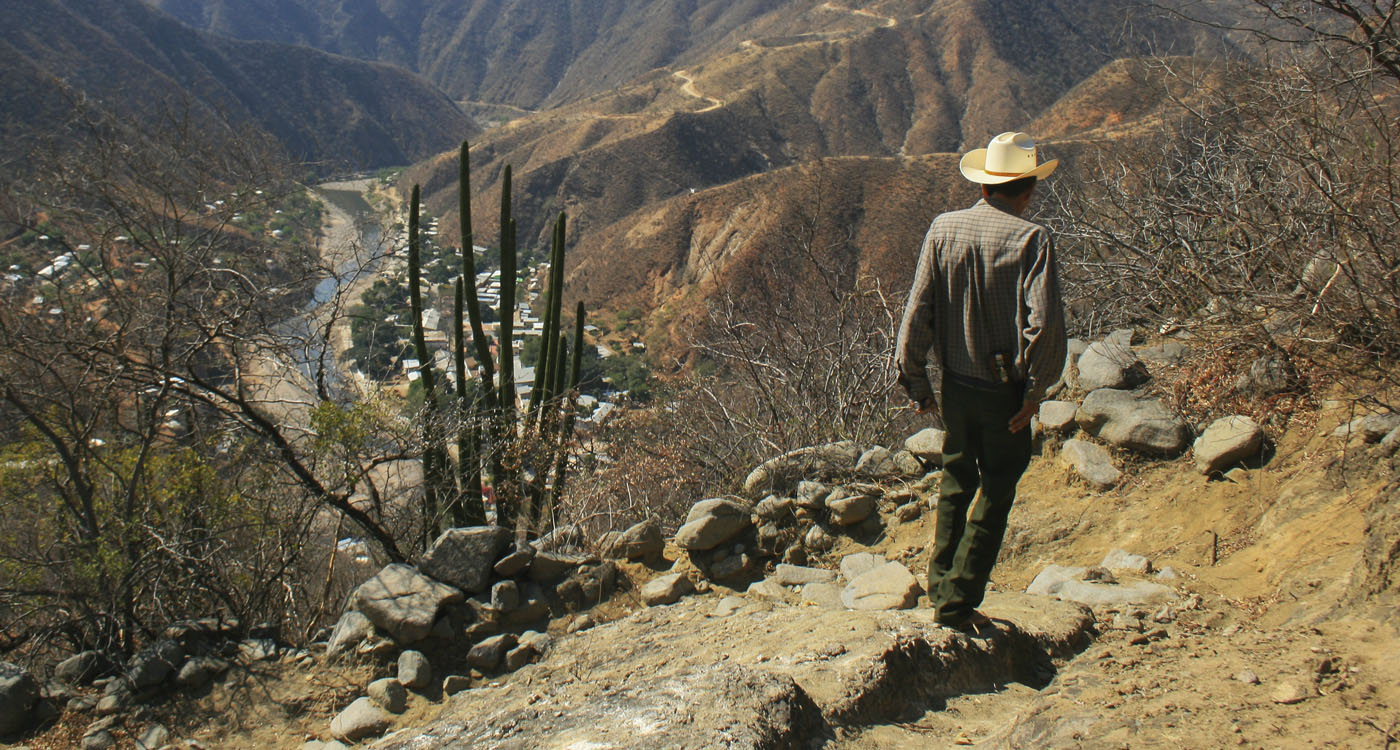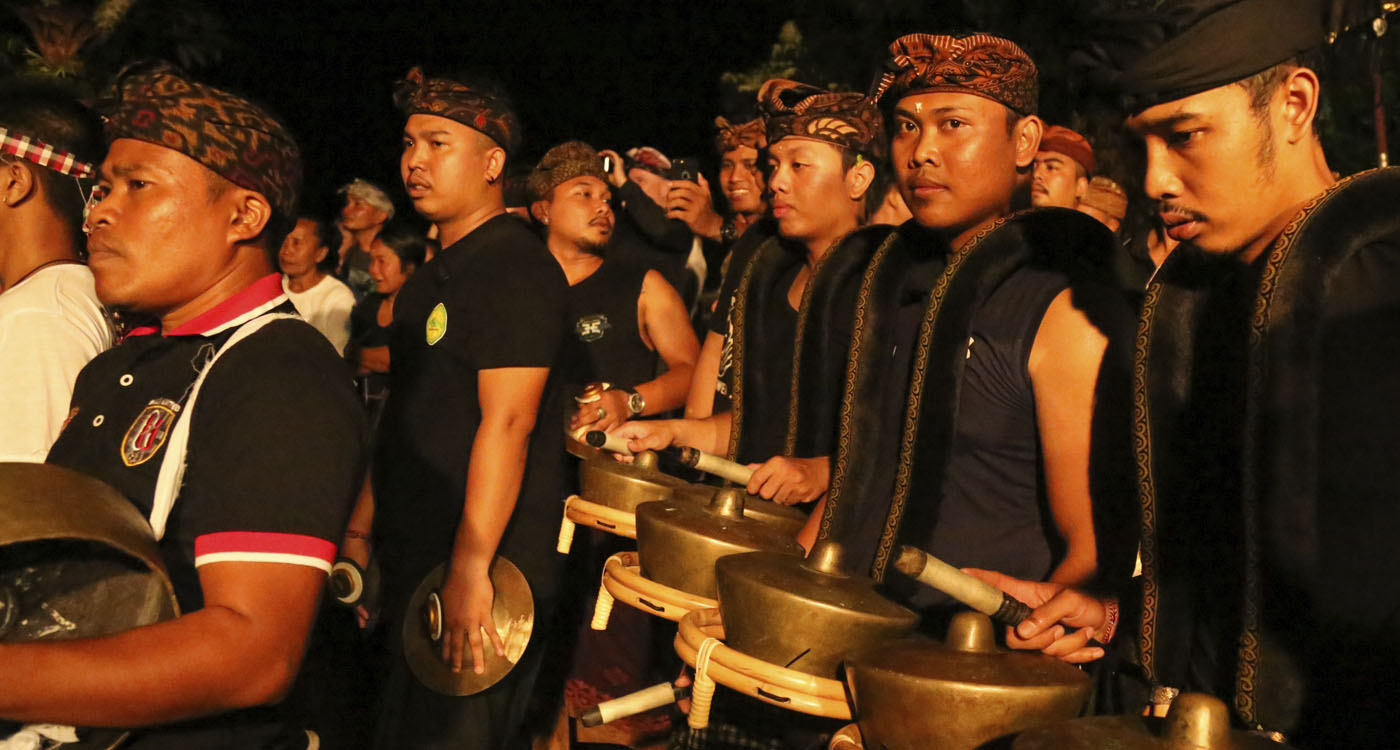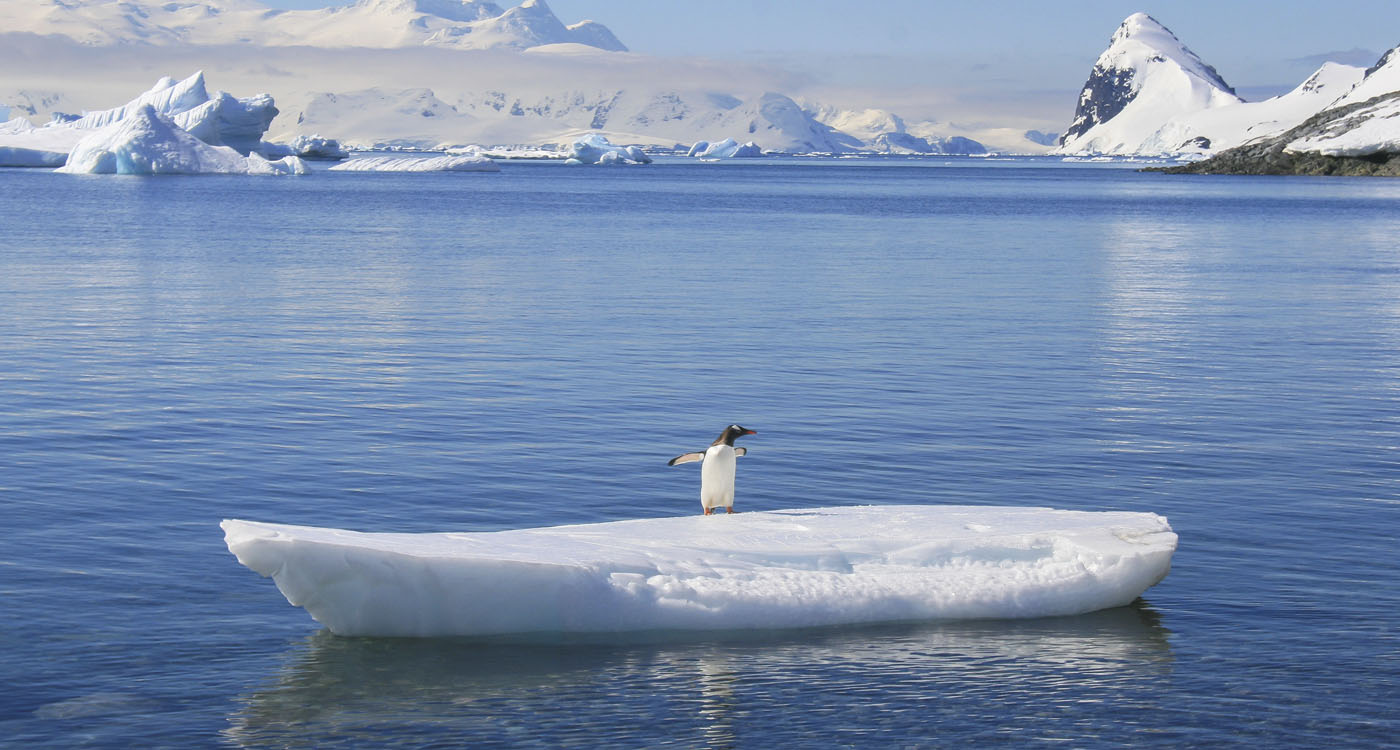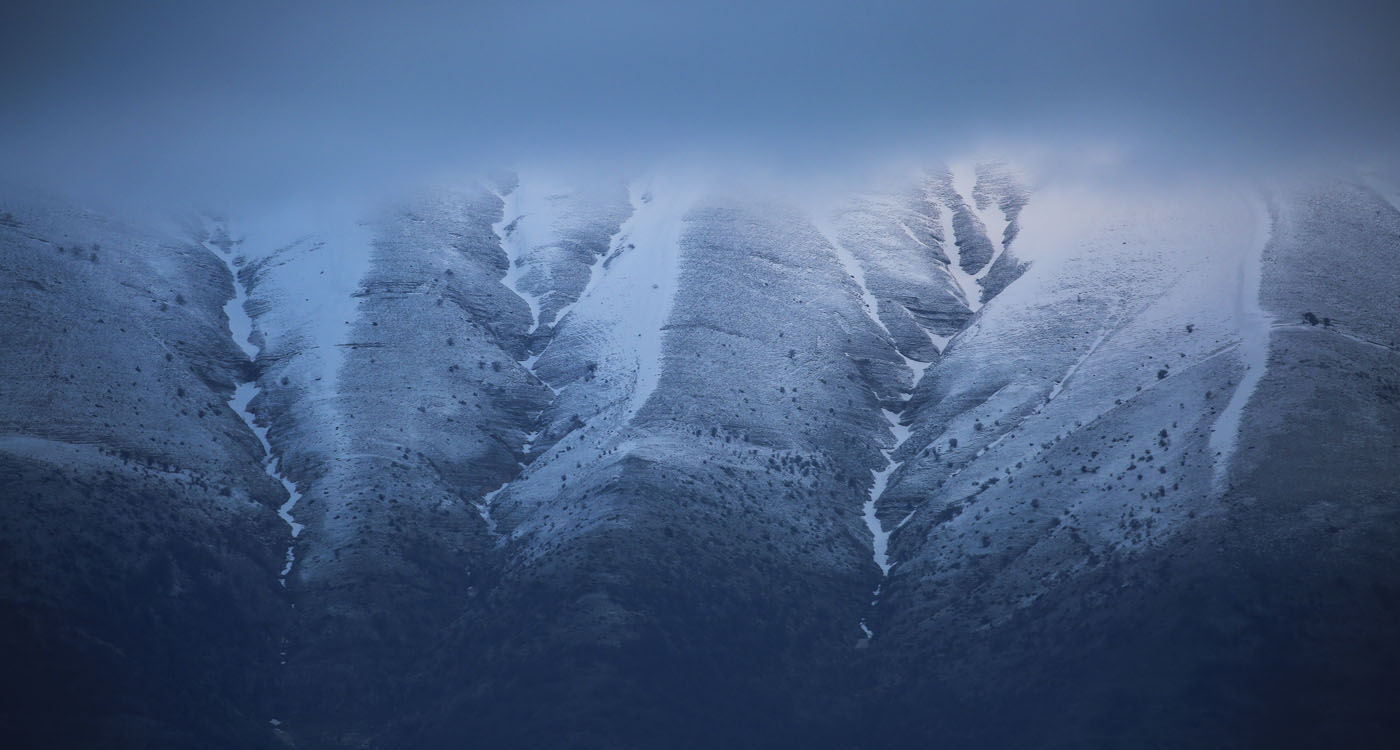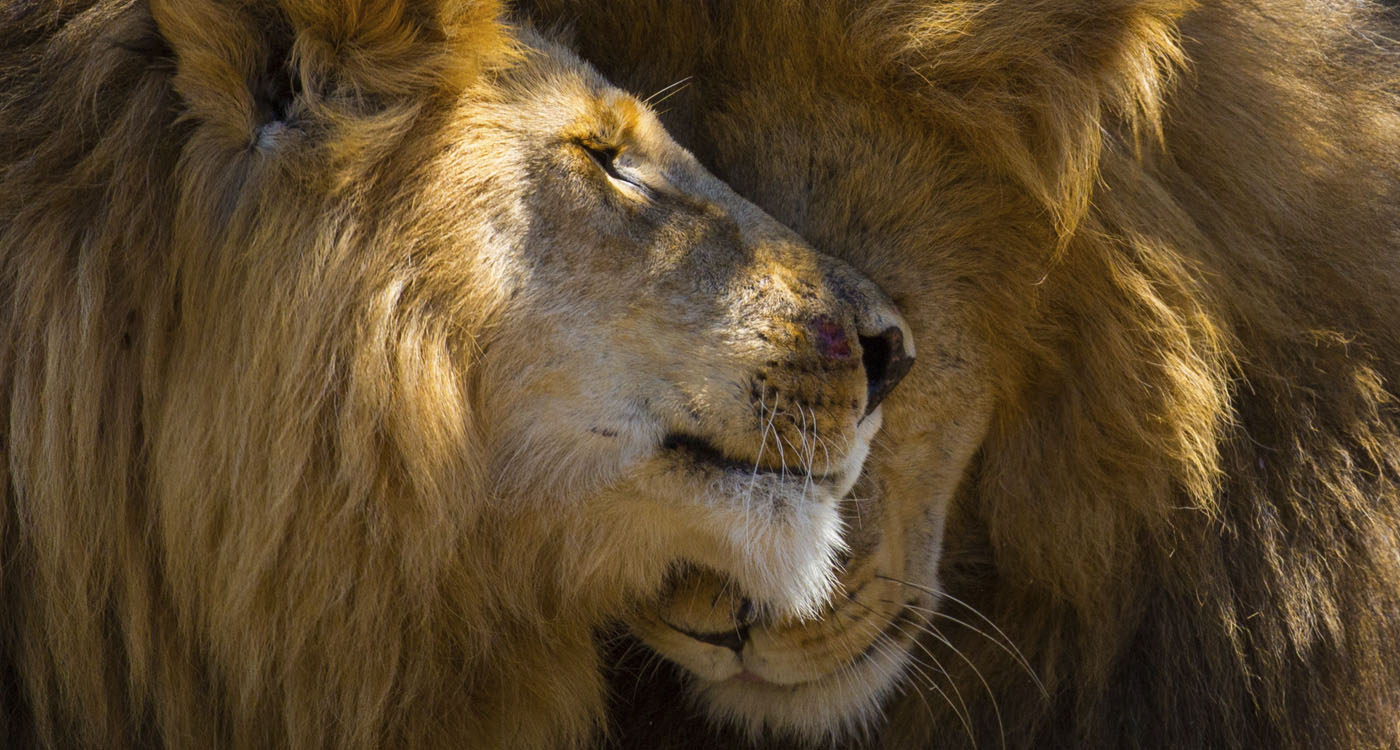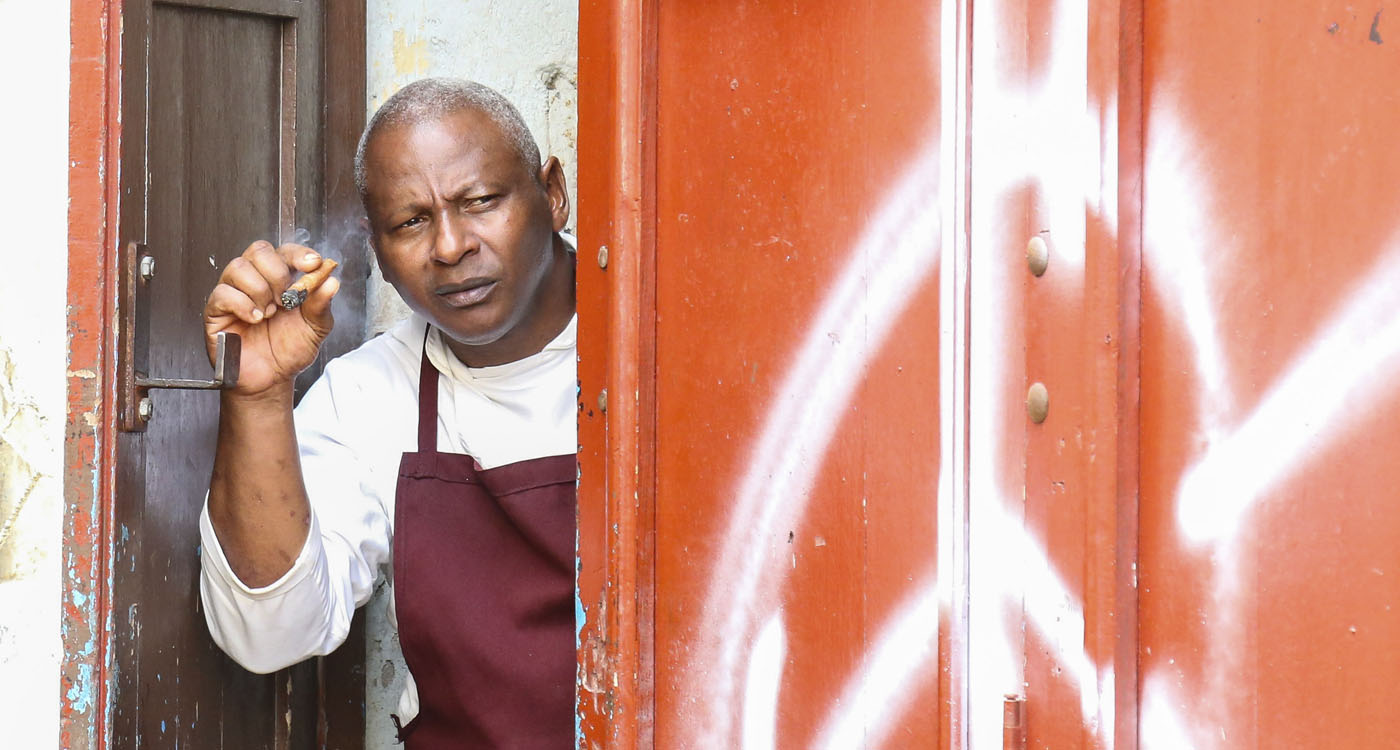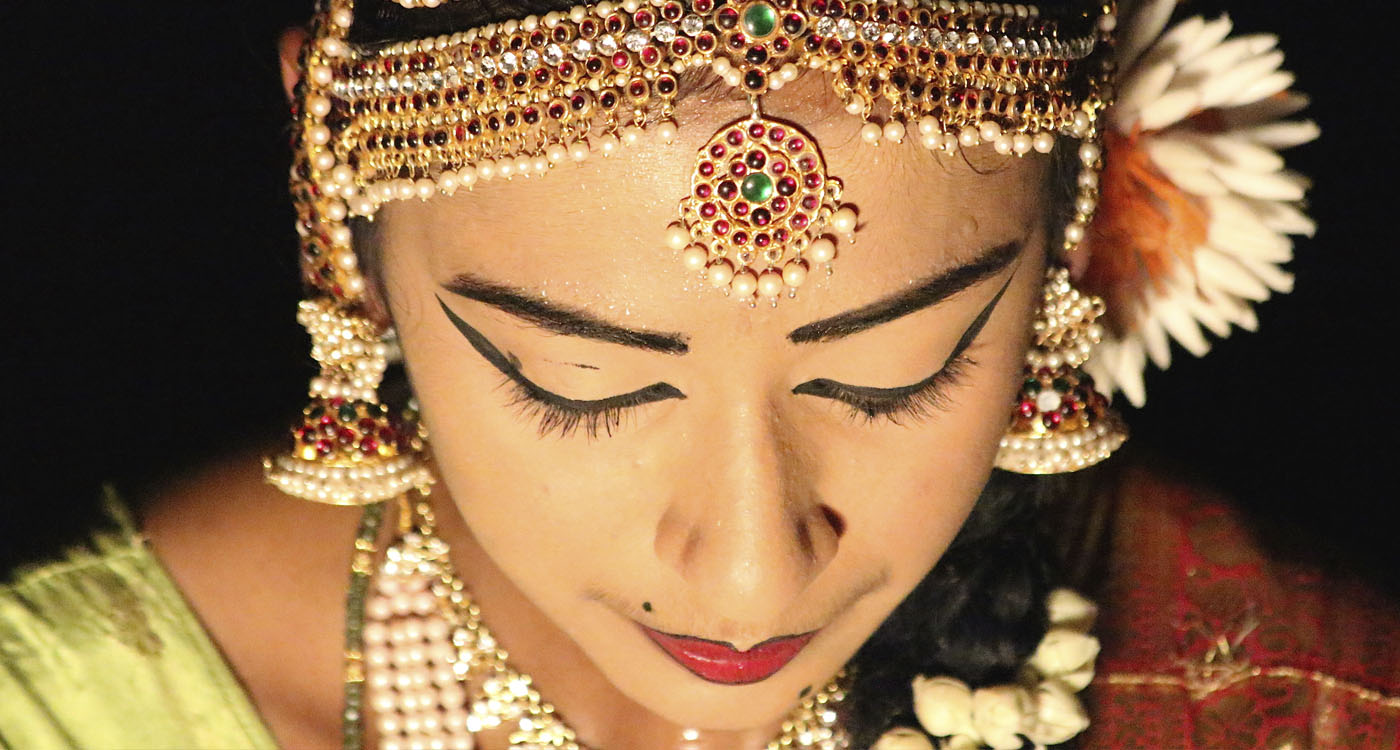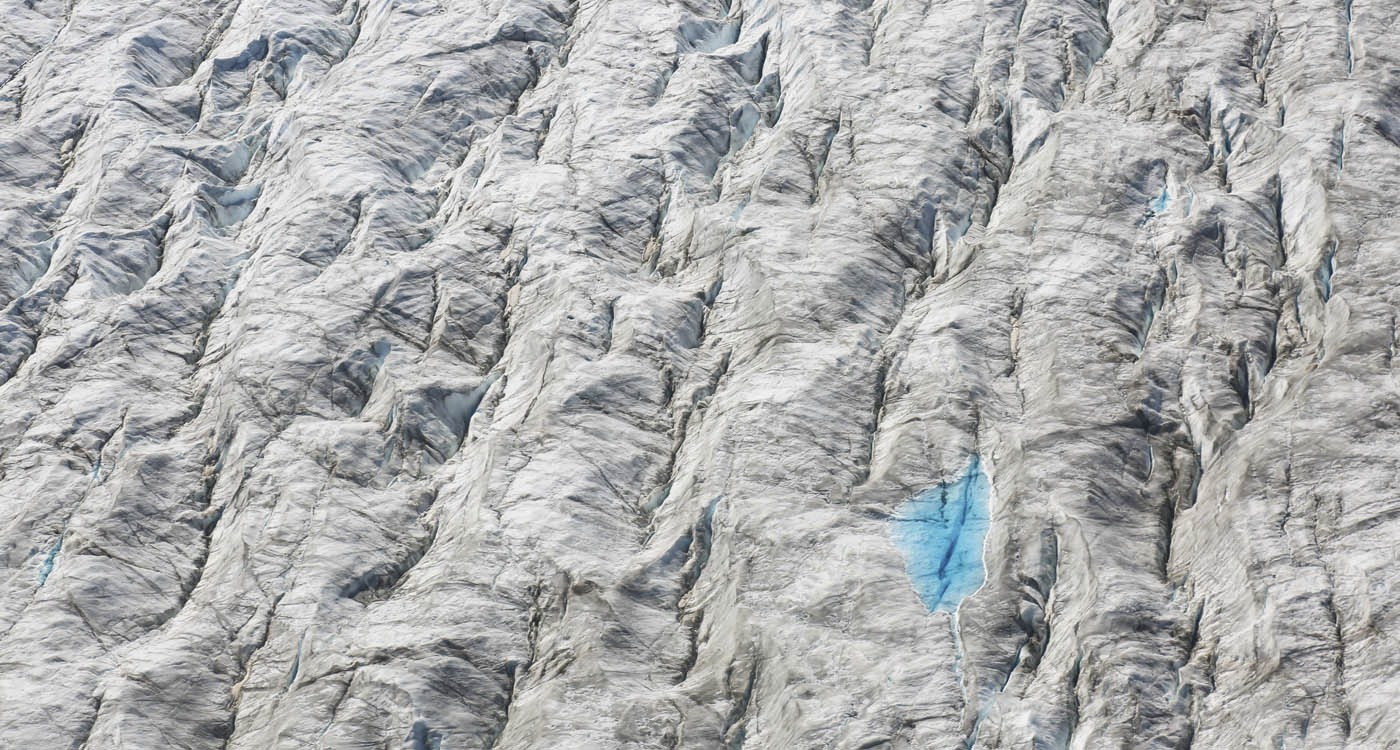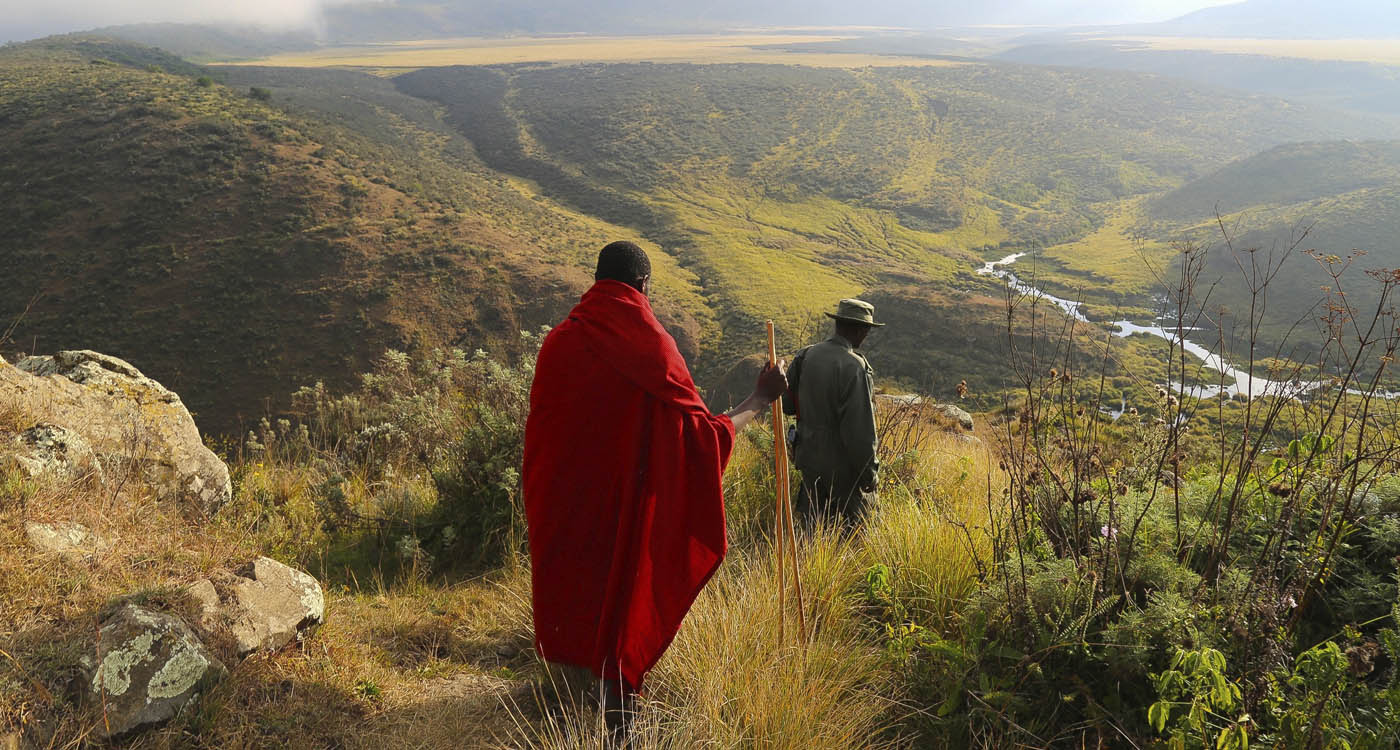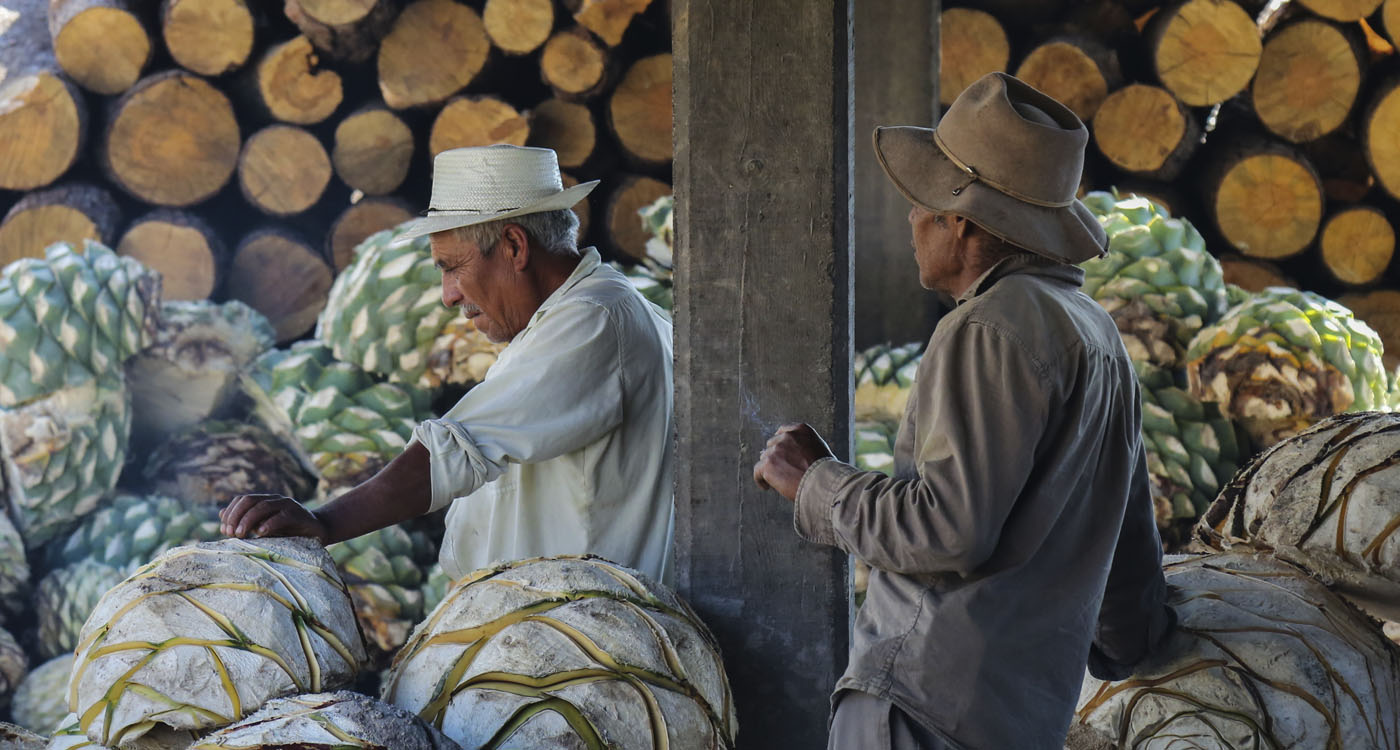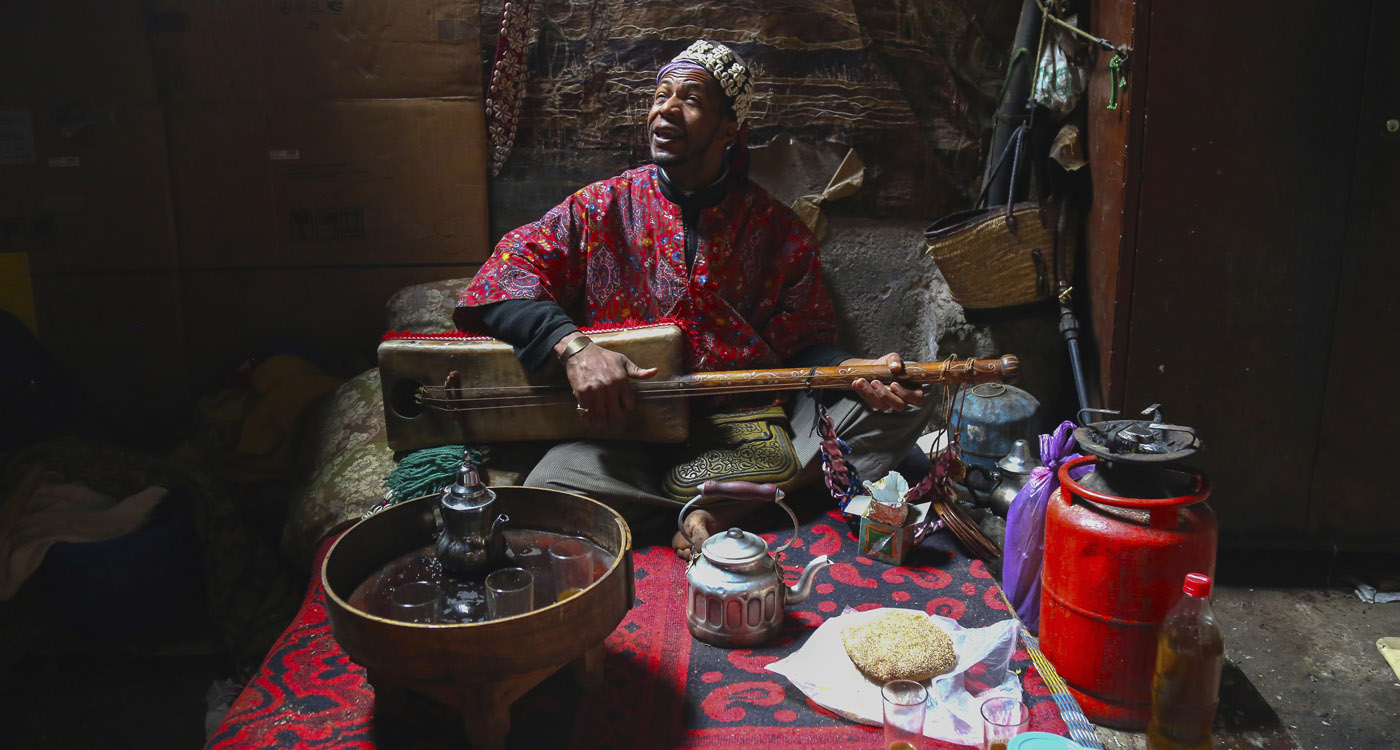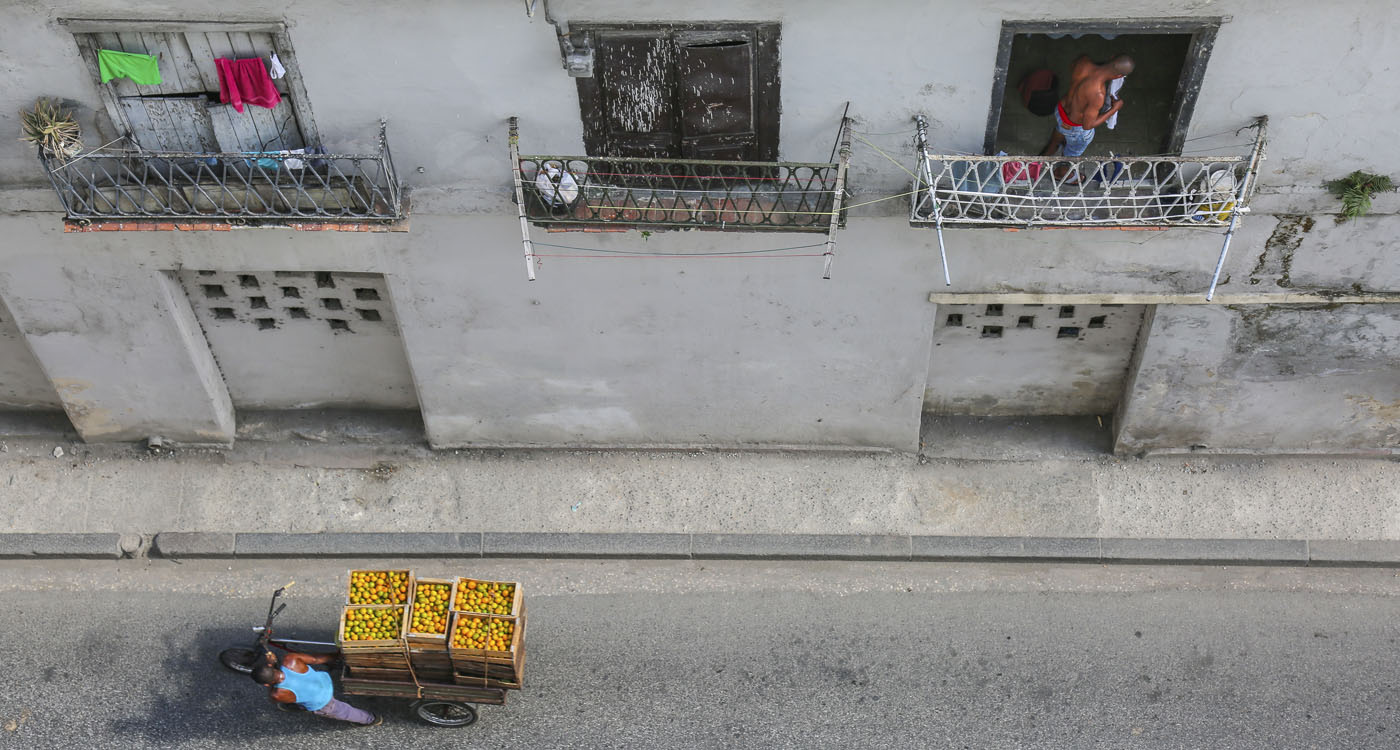![Elephant reaching for high branches, Ruaha, by Graeme Green [Elephant reaching for high branches, Ruaha by Graeme Green]](https://cfmnsugzia.cloudimg.io/www.gla.ac.uk/media/Media_853730_smxx.jpg?width=2000&force_format=webp)
7 top tips for better holiday pics
International travel photographer and journalist Graeme Green (MA 2001) shares his tips on how to take better pictures.
A typical desk job was never on the cards for Graeme Green. After two decades as a travel photographer and journalist working around the globe, covering indigenous rights, human trafficking, conservation and wildlife issues, Graeme’s pictures have been showcased in ‘The Guardian’, ‘The Sunday Times’, ‘BBC’ and ‘Wanderlust’, among many others. As the world starts to open up again for travel, Graeme talks about his career and shares his tips on improving your photography, wherever in the world you are.
“I’m interested in meeting people, telling stories and exploring the world, which is what travel journalism is all about, really,” he says. “Being curious. Photography was something I liked doing when I lived in Glasgow, and since then, it’s allowed me to go out and learn about the world first hand.”
"I haven’t had the chance to photograph the UofG campus, but I would love to spend some time in the cloisters and mess around with the light, early morning and late evening. All those arches.
Graeme’s favourite places to photograph on his travels include Mexico, Tanzania and Japan, with New Zealand and Mozambique on his bucket list. “A lot of the memorable ones are because of the wildlife,” he says. “Antarctica is fantastic for that, and I’ve also walked across parts of the Maasai Mara. To be on foot with wildlife, rather than be in a safari vehicle, is incredible.”
He says he finds it difficult to pick a favourite from his own pictures. “It’s often people who leave the biggest mark on you, and your favourite picture often goes hand in hand with favourite story. One of mine is just two mezcal producers hanging out at work, surrounded by the agave fruit. Then I've got one of an elephant under a tree [main image above], taken in Ruaha in Tanzania, a really remote national park where I saw leopards jumping out of the trees to hunt.”
"Travel photography is an amazing communication tool and it really opens up the world. When you open a newspaper, book or magazine, it’s often the photo that draws you into a story.
Looking to the future, Graeme believes that travelling mindfully will be key to a kind of tourism that will leave a lighter imprint on the world. “I’m always torn now between travelling less, because we know the impact it has, but also being aware that travel solves a lot of problems,” he says. “A lot of conservation projects, certainly in Africa and Asia, rely on tourists, so I think it's about travelling more ethically and consciously and supporting the projects that will benefit local people. Making sure that, after the drop in tourism that has devastated local communities in the past two years, your money will be going to the people who really need it.”
Graeme’s 7 top tips
1. Be original
I know photographers who’ve said, I really love this photo someone's taken, I want to go to the same place and capture it too. That is the opposite of what I want to do. Go into a place and find your own take on it. It's about keeping your eyes and your mind open and figuring out what interests you. You might think, OK, I've seen this building from the front, it looks great, but maybe now it's about a little detail, about seeing around the back, or about a statue inside.
2. Think about framing, creativity and composition
Where, exactly, do you want your subject to be in the frame? Do you want them off to the side, do you want them in a corner? Think about the scene you are you trying to depict. Everyone’s got a camera right now, but it's not enough to just point and shoot. Think about how best to capture a moment of action, drama or stillness.
3. Be culturally sensitive
Always have a think about how your subject feels and try to develop a rapport with them. At the very least, smile and point at your camera, asking if it’s OK to take a picture. But people in some cultures just don't like to be photographed. I was in Morocco, which is a great country for photography because of all the lively markets and colourful street life. But local women in particular don’t like to be photographed at all. And generally, people don't like to be treated like an object. I remember, in Bhutan, seeing a young woman surrounded by ten or 15 people all taking a picture with iPads. It was incredibly insensitive.
4. Get into the thick of the action
Don’t be too shy, smile at people and get into the heart of things if you’re at a festival, market or event, rather than just taking something from 50m back. I really like doing street photography in places like Havana in Cuba. Just hang out with your camera and watch life happening.
5. Maximize the capabilities of your phone camera
Phone cameras have come on incredibly, but I don’t really use them for work – maybe one out of 500 photos of mine in a newspaper or magazine would come from a phone. My main tip for a phone camera would be to actually use the settings and not just accept what it automatically selects for you. So, for example, choose your point of focus, which is always important, whatever camera you use.
6. Keep selfies to a minimum
I’m really not a fan of selfies, and certainly not of selfie sticks. If a selfie catches a moment, great, but I think we've got an obsession with them. Travel is about looking outward, learning about the world, and if I’m in a new and beautiful place surrounded by new people, sights, buildings and landscapes, I don't necessarily think that the most interesting thing in that place is myself.
7. Let people see the real world as it is
People change their photos so much. They change the colouring dramatically, they might edit things out that were inconvenient and although I do a little bit of editing to my photos, generally what you see in mine is journalistic standards of reality. I think people get a bit obsessed with over-brightening, over-saturating and that’s because they go down well on Instagram. The world's pretty interesting as it is … you don't really need to ramp up the colour.
Photo: Andrea Moreno
The New Big 5
Graeme’s ‘New Big 5’ wildlife photography project has taken the old colonial idea of the most prized five animals for white hunters to shoot and brought it into the 21st century to focus on shooting animals with cameras rather than guns. The project has been supported by more than 250 photographers, conservationists, and wildlife charities around the world, including Jane Goodall, Marsel van Oosten, Ami Vitale, Save The Elephants, and Dian Fossey Gorilla Fund. It also won a ‘Newsweek’ Future of Travel award for storytelling.
“We got people to vote for a new big five,” he says, “which is basically the five most popular animals to photograph and to see in photos. The winners were the elephant, lion, gorilla, polar bear and tiger. The idea of the project is to highlight the threats that about a million at-risk species of animal and plant life face.
“We’re looking at big issues like habitat loss, human-wildlife conflict, plastics, the illegal wildlife trade and climate change – we’re trying to engage people and use it as a force for good.”
Graeme has a ‘New Big 5’ book out in 2023, with contributions from around 150 photographers from all over the world, showcasing the animals in the New Big 5 and other endangered species.
“Elephants are still being poached to this day for their tusks,” he says. “Tiger populations have been decimated, polar bears are losing their sea ice, and these animals represent the challenges that all wildlife face. We’ve tried to cover everything in the book, from bees to blue whales. It's a pretty diverse selection, but it's incredible to look through it and think just how many iconic species we are at serious risk of losing.”
This article was first published June 2022.


